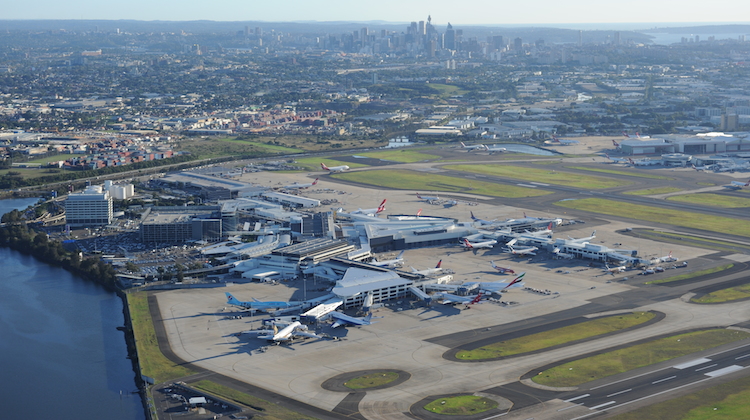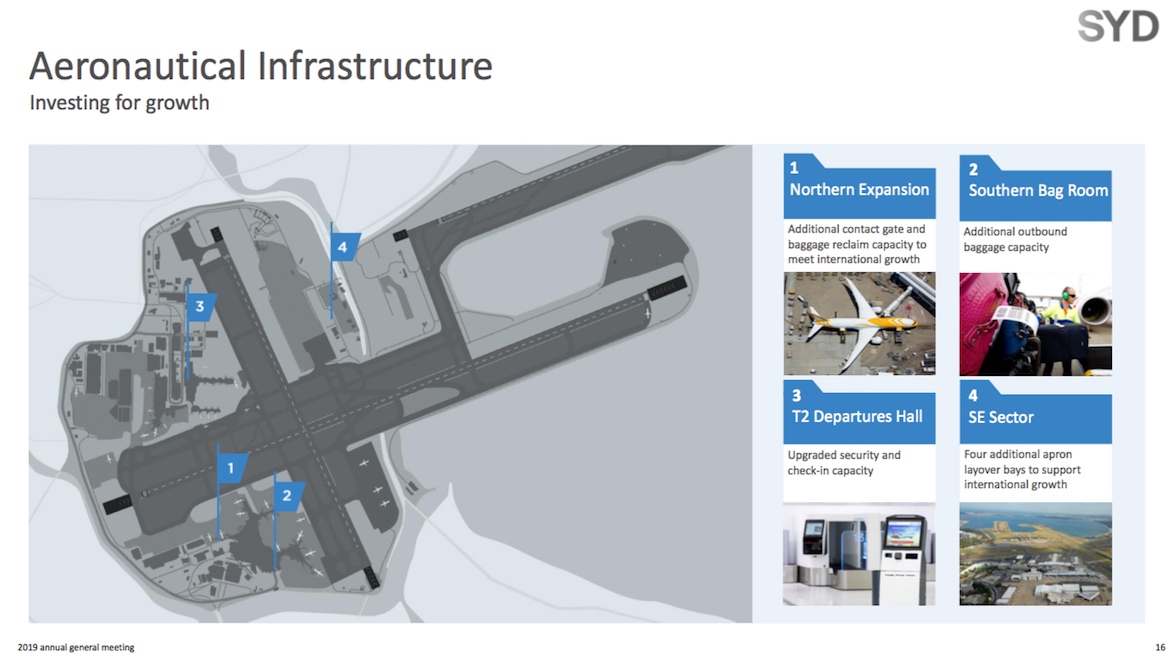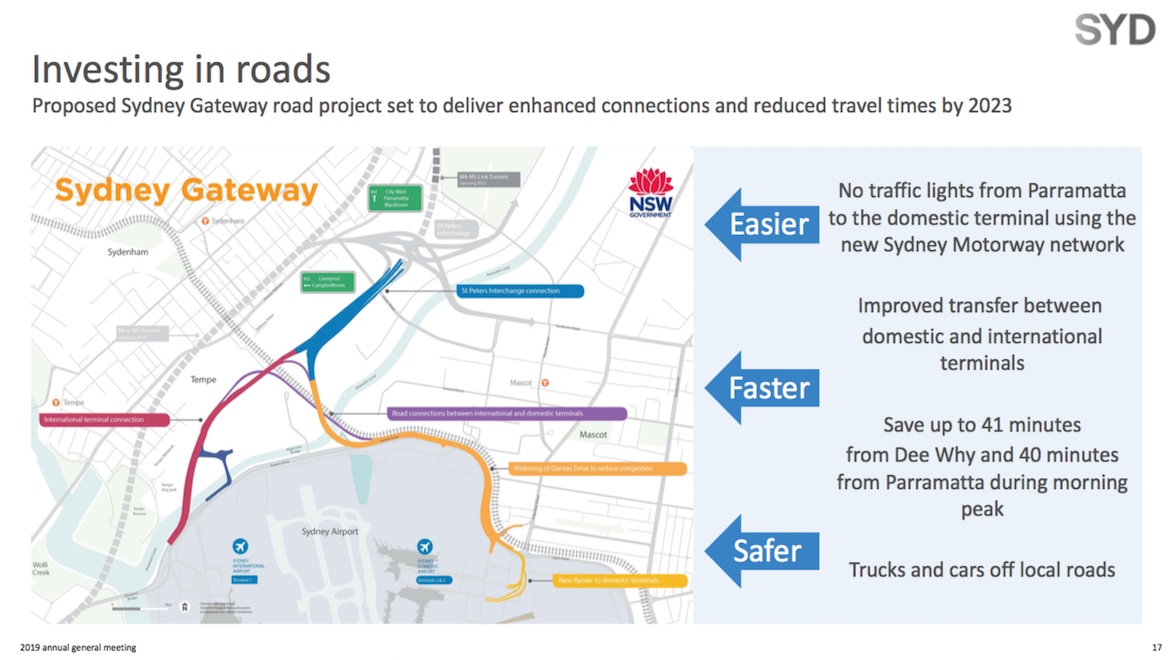
Sydney Airport says passenger figures for the first third of calendar 2019 indicates passenger growth is likely to be slower than prior years as airlines adjusted capacity in response to changing market conditions.
Figures from the airport showed its domestic and international terminals handled at 14.69 million passengers in the four months to April, down 0.7 per cent compared with the prior corresponding period.
Domestic passengers were 1.8 per cent lower at 8.99 million, while international passengers had risen 1.2 per cent to 5.70 million.
Sydney Airport chief executive Geoff Culbert said the airport had a diverse range of passenger markets and airlines, noting the sharp increase of inbound visitors from countries such as Vietnam (up 18 per cent) and India (up 14 per cent) in calendar 2018.
And China continued to grow at a steady pace at just under six per cent, albeit off its highs of previous years.
“It is likely that 2019 will see more subdued growth in passengers across the board – we have seen that in the first four months of this year – but to a certain extent this was to be expected when we have just come off a number of years of extraordinary growth,” Culbert told shareholders at the company’s annual general meeting in Sydney on Friday, in prepared remarks.
“The base number gets higher every year, and the bar gets raised every year. But we still remain confident about the growth profile of the aero business in the medium and longer term, particularly given the world of possibilities that remain.”
Those world of possibilities include potential new nonstop services to Sydney thanks to the introduction of next-generation aircraft such as the in-service Airbus A350-900ULR (Ultra Long Range) and the in-development Boeing 777-8X.
Culbert said these next-generation aircraft would mean “one hundred per cent of the world’s population will be reachable from Sydney in a single flight”, compared with about 60 per cent currently.

The Sydney Airport master plan forecasts 65 million domestic and international passengers a year at the airport by 2039, compared with 44.4 million passengers in calendar 2018.
To cope with the increasing number of travellers, Sydney Airport has outlined a number of infrastructure improvements to add capacity in line with demand.
This included expanding the international terminal at the northern end to add two new contact gates and an expanded baggage reclaim area. There will also be a new baggage room at the international terminal to “give us breathing space for the next decade and, importantly, improve system resilience and operational safety”, Culbert said.
On the domestic side of the airfield, Culbert said Terminal 2 was set to undergo significant expansion and refurbishment.
“What is interesting to me is that the footprint of the departures at T2 is the same as T3, but given the way it is configured it feels a lot smaller, and it gets very busy in peak periods,” Culbert said.
“So, the plan is to overhaul this, bring in the latest automated technology, enhance the security infrastructure and create space to accommodate future growth.
“When you match it up with the improvement of the retail offering in T2, we are expecting a significant improvement in the overall passenger experience coming through that terminal.”
Sydney Airport was also due to take control of Terminal 3 in July, as part of the deal with Qantas signed in 2015.
Culbert said the airport planned to reconfigure and improve the retail, food and beverage offering at the terminal.
“Here is an interesting stat for you – the spend per passenger in T3 is the lowest across all our three terminals, which is surprising given the passenger demographic in T3, so we see opportunity there,” Culbert said.

There are also improvements in the road network around the airport as part of the Sydney Gateway project.
This includes better road links between the domestic and international terminals.
“The existing road between the Domestic and International Terminal will become an internal road which we can use for a better transfer product between the two sides of the airport,” Culbert said.
“This is a source of frustration for passengers. The current transfer product isn’t great, we understand that, and Sydney Gateway gives us the chance to improve it.”

Sydney Airport reaffirmed previous distribution guidance of 39 cents per stapled security.
“The overall economic outlook is less certain than what we saw a year ago, but the robustness, resilience, and diversity of our business, together with our track record of performance and growth in all economic cycles, makes us optimistic about the year ahead,” Culbert said.
“It also gives us confidence in reaffirming our 2019 distribution guidance of 39 cents per stapled security.”












